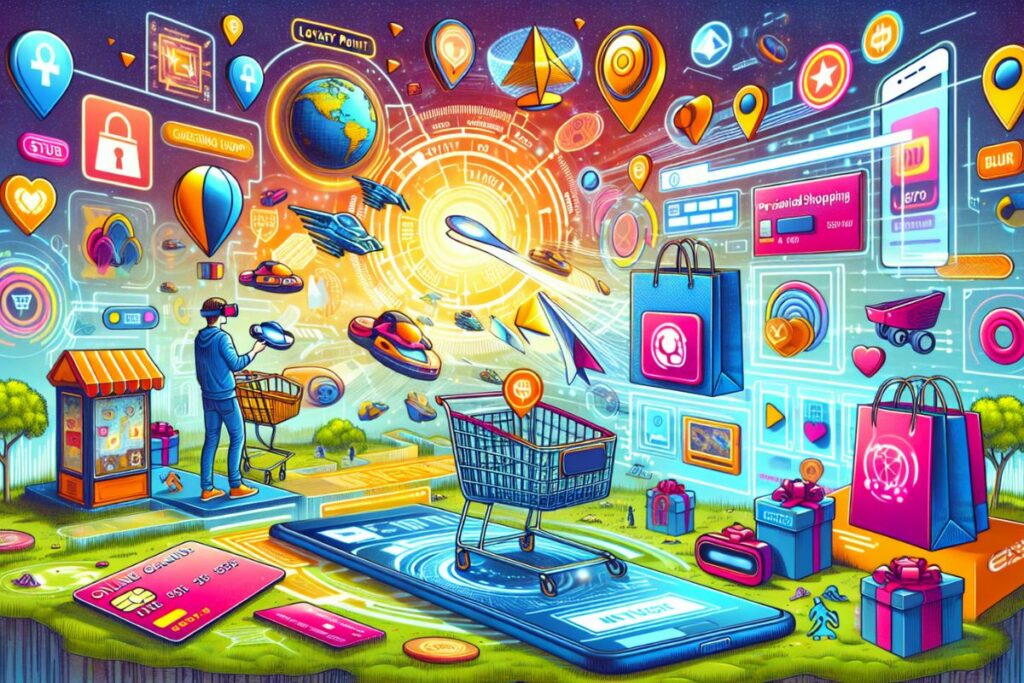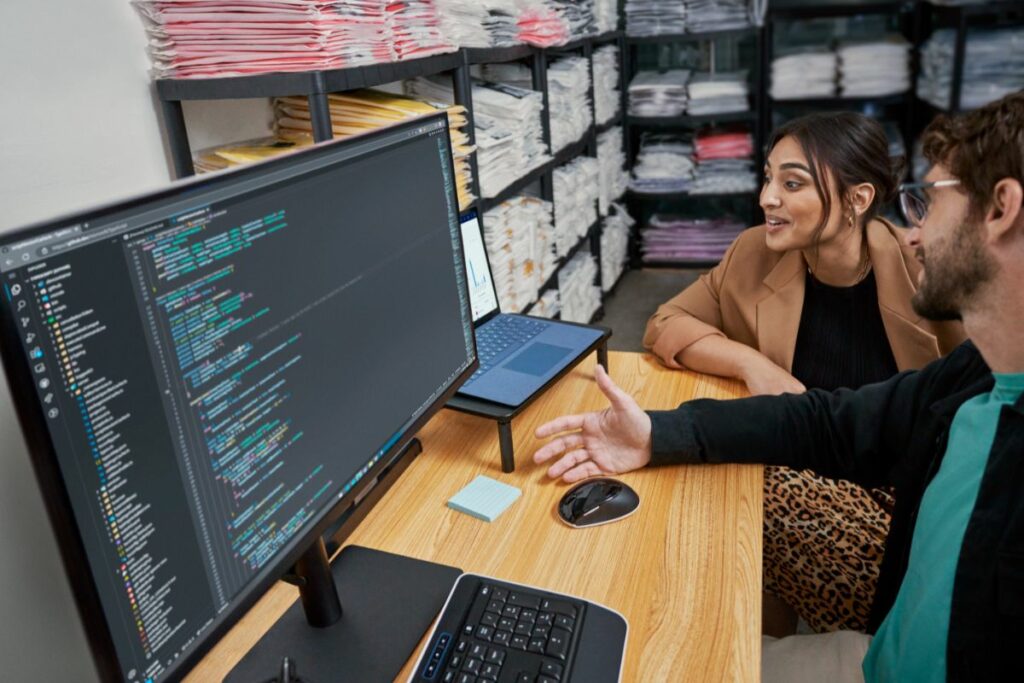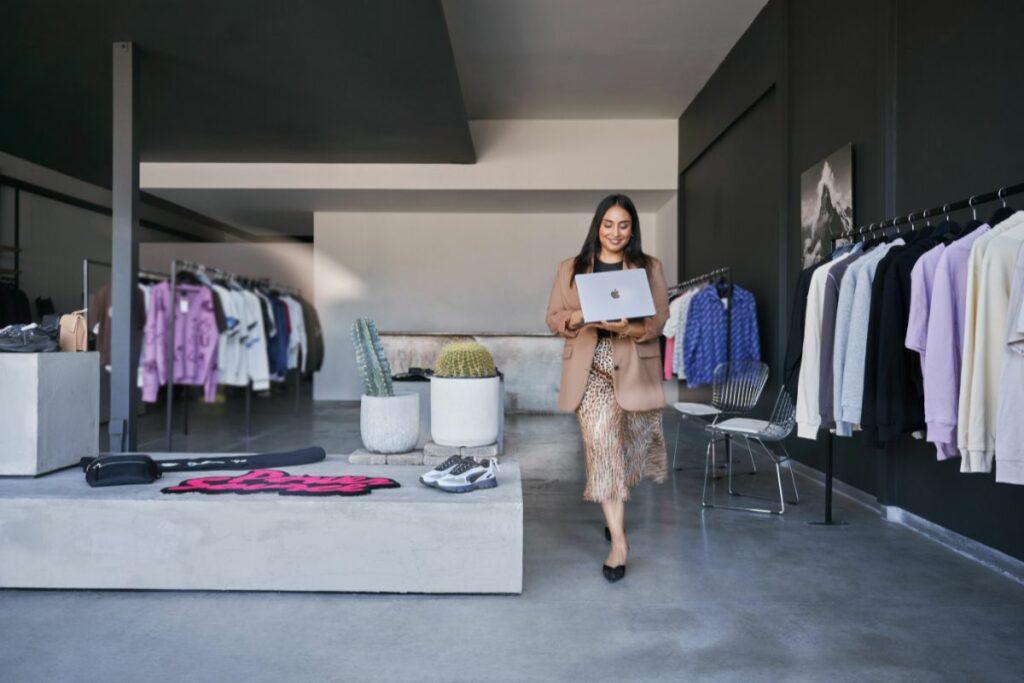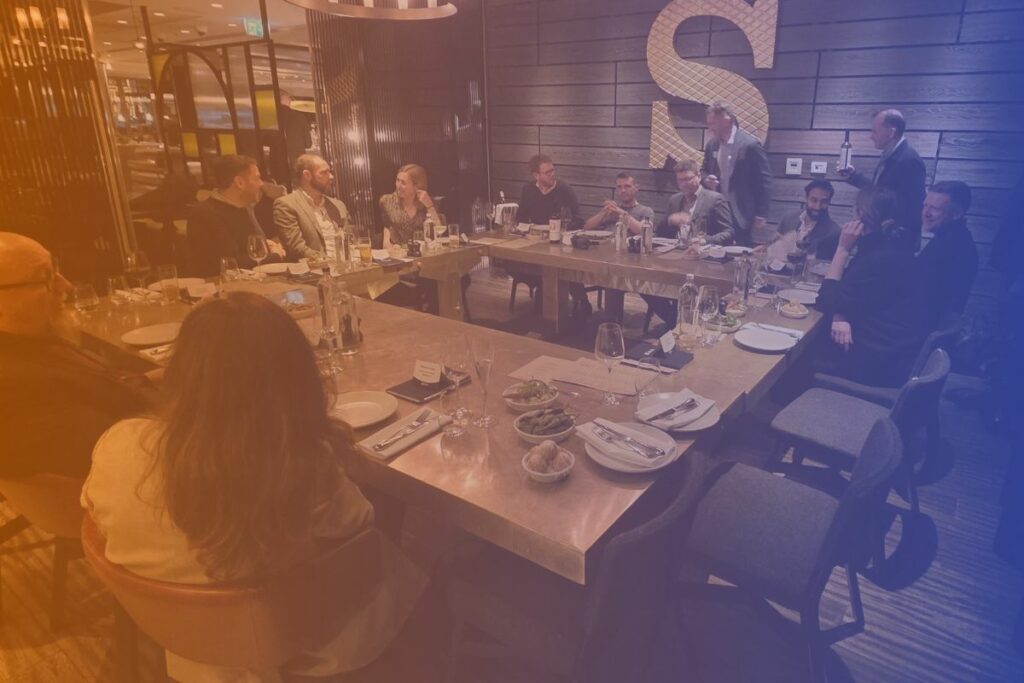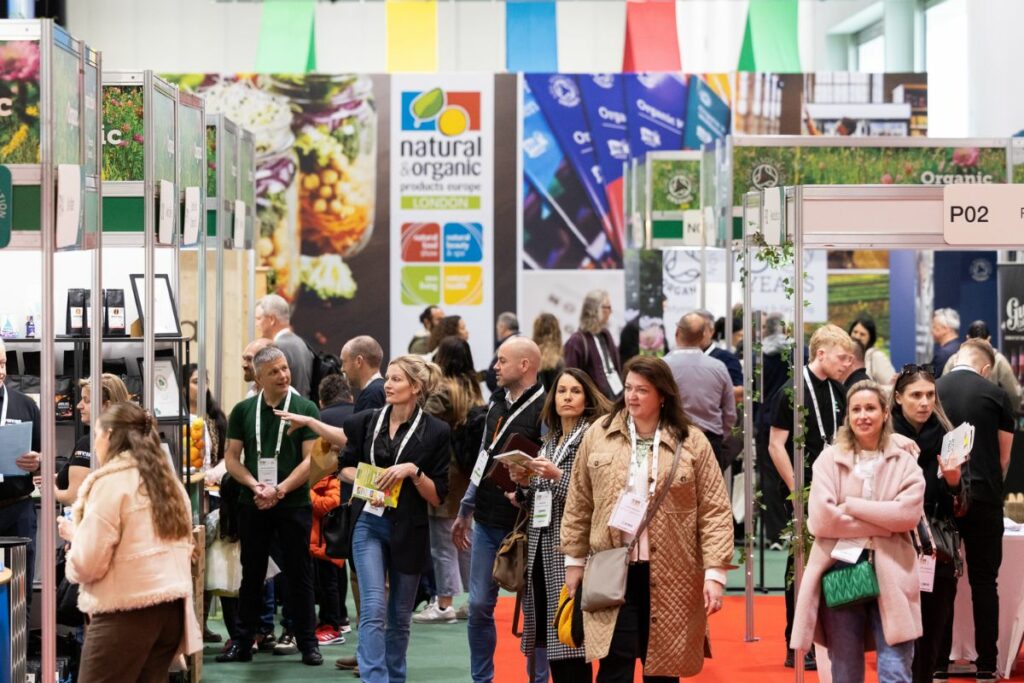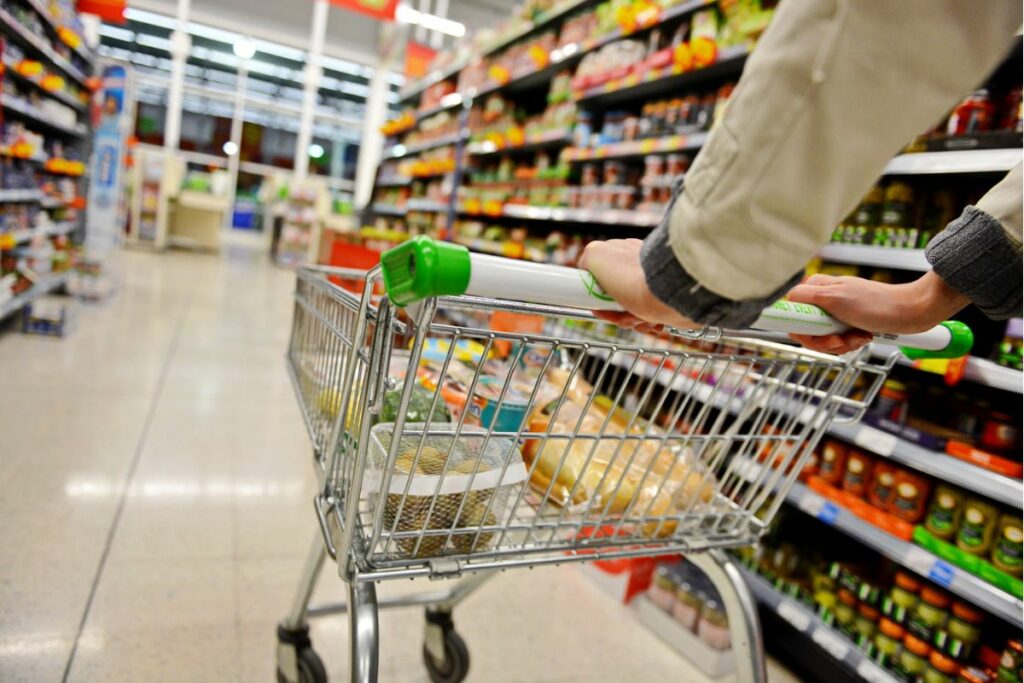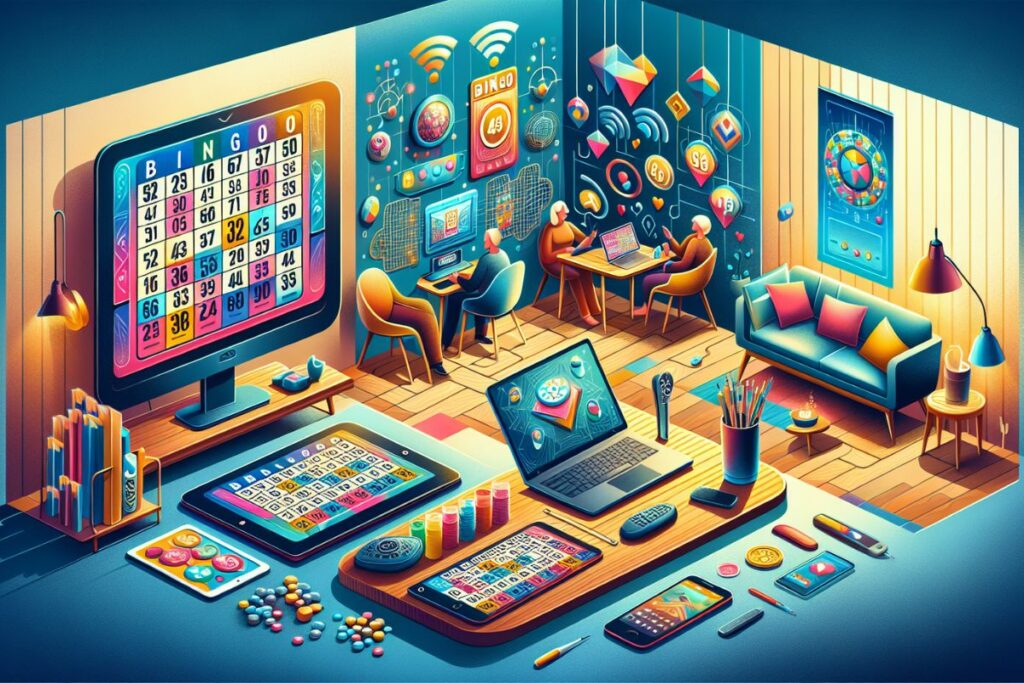What is the genesis of KIT?
KIT was born out of a project between design and technology consultancy Keytree (now owned by Deloitte) and one of the world’s leading global luxury fashion brands. The brand was looking to implement a new Clienteling solution in its stores around the world. We built and implemented KIT and made the decision to productise the solution owing to its huge initial success and its potential applications across the Retail industry. It has gone from strength to strength ever since.
The brand’s goals, met by KIT, included support for its Store Associates in driving sales, hitting their individual KPIs and nurturing customer loyalty, based on preferences, behaviours and purchases. KIT’s success at this organisation, and other high-profile retailers across the world including Tod’s, Toys ‘R’ Us Canada and Spanish funeral services organisation Albia, is predicated on placing the store associate at the heart of the customer journey, helping provide the very best in customer experience.
Retail faces considerable challenges. How can KIT help?
KIT is all about driving sales through the store associate, whether sat alongside or remote, and in enhancing the brand by offering great customer experience. Retail is constantly evolving, because customers are constantly finding new ways of performing their shopping trips – whether browsing or searching for inspiration, or actually transacting. Those that fail to evolve with their customers, and do not continually look for new ways to offer convenience and experience (the two things that we all look for when we shop) will be left behind: and whilst reputation may keep them going for a while, fresher and more vibrant brands will grow around them and make them less relevant.
Communicating with your customer is everything, and Clienteling with KIT keeps that close one to one engagement that we all love. We have spent over a year now where most shopping has taken place online, where magazines that generally provide inspiration have not been published, and where new collections and new releases of products have not been centre stage. Equally, customer preferences and lifestyles may well have changed over that time. Retailers using KIT have been able to continue to learn of these changes, and adapt their offers and recommendations to their customers: evolving with their customers as I mentioned earlier. Now stores are back open, and customers are ready to shop again, retailers using KIT are sharing the latest collections or releases, arranging in store or remote appointments, and continuing to flexibly serve their customers as they wish to be served.
How is KIT different?
I like to think of KIT as being different in two ways, with an added special ingredient. Firstly it is not about storing data and duplicating data, but about using the data that you already have, and offering it to the store associate in a very effective way to help them serve the customer in the way that you (as the retailer) want your customers to be served. It means that you need to think more about the Experience that you want to offer your customers, and less about creating new databases to make it happen. Secondly, KIT has always been developed with the thought that Store Associates and Customers will not necessarily be alongside each other. Therefore, when store closures became a global reality, KIT users were able to flex and adapt to a fully remote way of working, delivering Convenience for their customers. The special ingredient? KIT is now part of Deloitte, who originate masses of consumer research. This puts us in a great, and quite unique, position to be listening to the thoughts, desires, and opinions of customers, to create a roadmap with an ear to what is really happening in the world.
How did lockdown affect business?
Ultimately we have found that it has pushed forward-thinking retailers to speed up their digital transformation programmes and invest in technology that prepares them for whatever is around the corner both unforeseen and expected. Solutions such as KIT are absolutely pivotal in helping retailers run an efficient business that appeals to customers, drives customer loyalty and keeps sales at a healthy level. We found early on in lockdown that there was an urgent need for retailers to be able to interact with customers remotely and still provide a great retail experience. Those retailers that had implemented KIT or were in the process of doing were able to do this. Store associates could communicate with customers via various methods – including video chat, email, text message and WhatsApp. This proved hugely successful in maintaining relationships with customers and continuing to drive sales during the pandemic.
How much of this change is permanent?
I don’t think anybody knows how much will be permanent, but we do expect that a significant amount will be. The shift to online was already happening pre-pandemic, and various figures have been quoted around the acceleration that has taken place in the last year; with perhaps the most common view being that we have accelerated three years in one year. We do know that the quest for convenience is continuous: personal shoppers in store brought ranges to customers, and now we are seeing curated “looks” and recommendations based upon preferences and experience being sent electronically to customers. Virtual experience is already available: for categories as broad as fashion and clothing, interior furnishing and decoration, beauty products and optical ranges. You can see how products will look on you, or in your home, to help make decisions before buying.
As fulfilment options expand, and carriers and retailer partnerships become more innovative, the convenience opportunities become greater. As the circular economy grows, pre-owned and refurbished items emerges as a bigger market, and the concept of rental rather than outright ownership comes to the fore, we are thinking of how we help retailers meet the needs that arise. Wearables offer yet more data that could be shared to health and sporting goods retailers, opening up further experiences. We certainly believe that the acceleration will continue.
What areas of retail can most benefit from KIT?
At its core KIT is built to enable retailers and its store associates to provide the very best in customer experience, enhance and differentiate brands in the market-place, harmonise the online and in-store sales journeys and drive sales. It is therefore applicable across a broad range of retail from luxury fashion brands, to furniture stores, electrical retailers, beauty and fragrance and so much more.
How does a retailer maximise their Clienteling and Assisted Selling solutions?
I believe it is all about how you view the twin lenses of convenience and experience. Think about how you want to increase the convenience for your customers, and to remove any impediments that may be there may be to them being able to see what your offer is, and obviously to make it easy to buy. Clienteling and Assisted Selling makes the one-to-one connection much more personal, truly enables us to understand our customers better, and curate offers unique to them whilst giving the Associate authority and knowledge about the products that are included.
True omnichannel is where the customer can seamlessly interact, and ultimately purchase, with the brand in any way throughout their shopping trip. Helping them to browse, understand, experience and then buy in a way that they want to, blending the in-store and online estates. Those using KIT are able to adapt to however their customers wish to interact – rapidly.
What does the future of retail look like on the high street and online?
The $64,000 question! It will be different, that is for certain. Once again, I refer back to the views of convenience and experience, and I believe that this will actually be the determining factor. Retailers are already evaluating how they see their future offer in store and online, with the categories of product being the driver that creates the emphasis and what can happen where. Deloitte Retail Trends of 2021 found that stores will become more experiential, and that with the change of working patterns people will shop more locally with less frequent visits to destinations (thus making the ability to blend on and offline a must-do, not an option).
High streets will change, not just because of the high profile casualties but also because it is an evolution that is already underway. Leisure and residential will inevitably take more space, but creativity of retailers will bring new high street heroes. It is not for nothing that we are known in Britain as a nation of shopkeepers!
What is your background and roles and responsibilities?
Now a director at Deloitte, my 30 year career has been at the intersection of IT and business and I am fuelled by the conviction that technology is an enabler to business success, not an end in itself.
During my time at SAP, from 1994-2000, I led logistics consulting and was part of the team that launched the SAP Retail solution and expanded the company’s Retail Partner Ecosystem. As IT and supply chain director at Vision Express, member of the GrandVision Group, the world’s largest optical retailer, I was on the executive board and involved in all key business decisions. Under my leadership, the IT function implemented business solutions to enable core business processes, business innovation and customer convenience (online appointment booking, AI diagnostics), customer service and structured personalised marketing to allow for a single view of customer. I also led efforts to successfully move from in-store labs to a central tech centre facility, establishing a culture of continuous improvement by implementing Lean methods as well as defining the plan, approach and processes to enable a “showroom” way of operating stores and supply to customers.
I continue to be involved in both business development and consulting, remaining in touch with both industry and technology developments to drive innovation and value for our clients. I am fascinated by cloud strategies and its practical applications, having delivered RFID and artificial intelligence solutions and I am constantly looking to exploit analytical insights and unlock the potential of the internet of things (IoT).
Click here to sign up to Retail Gazette’s free daily email newsletter



